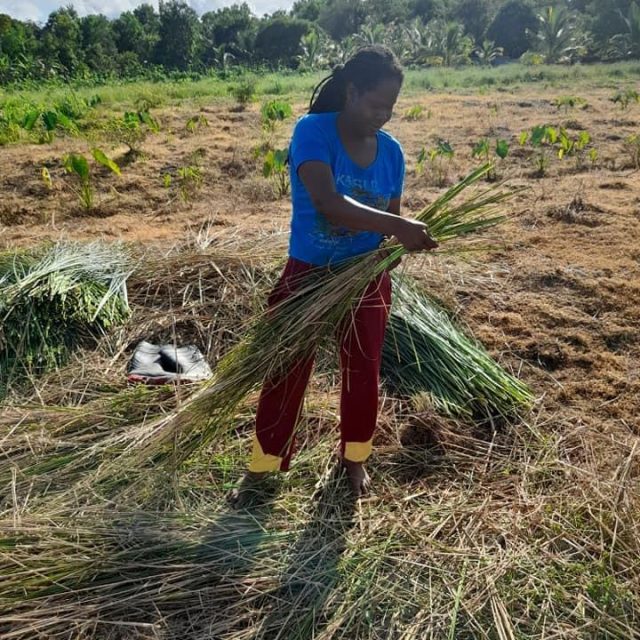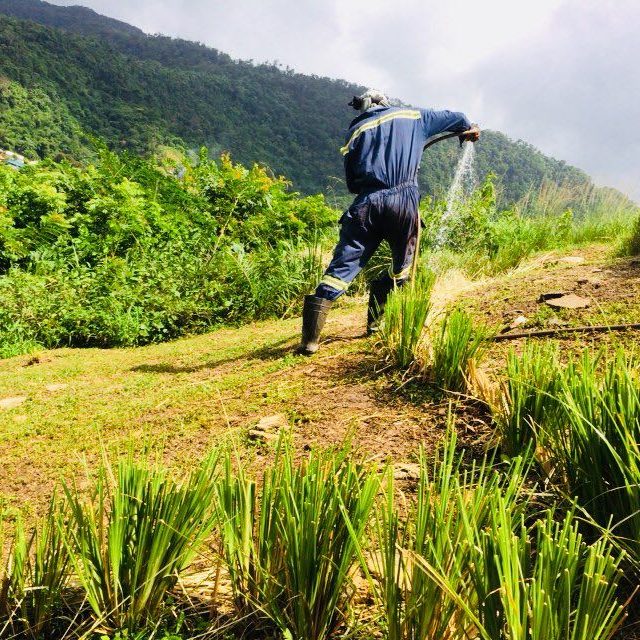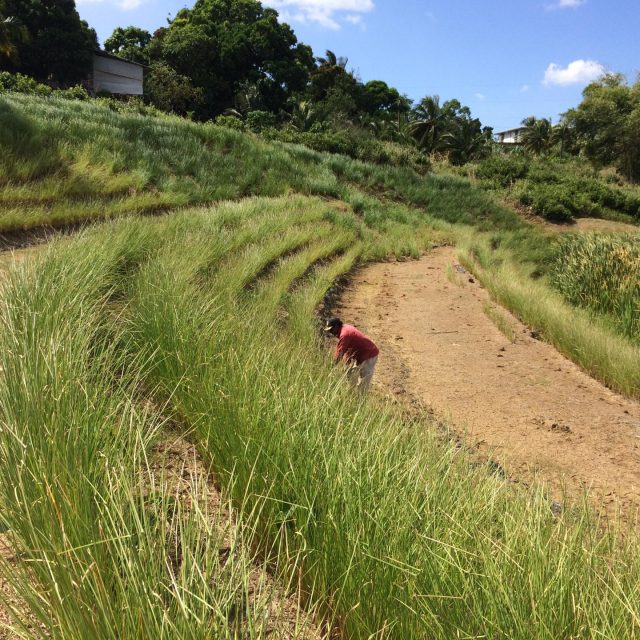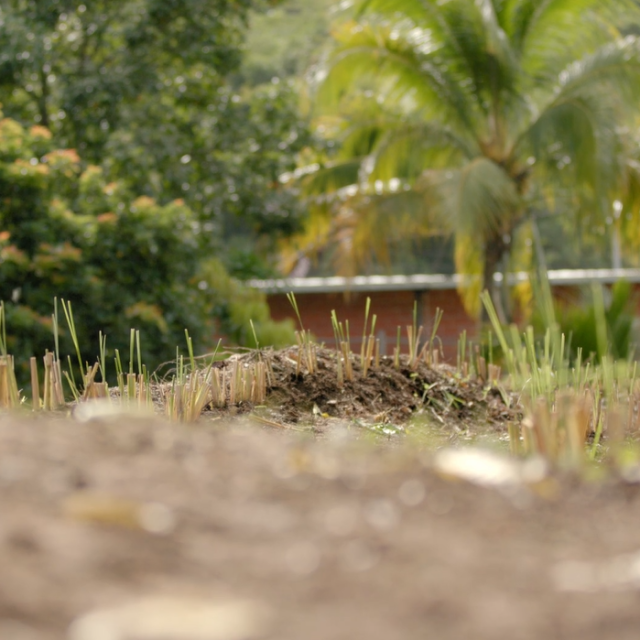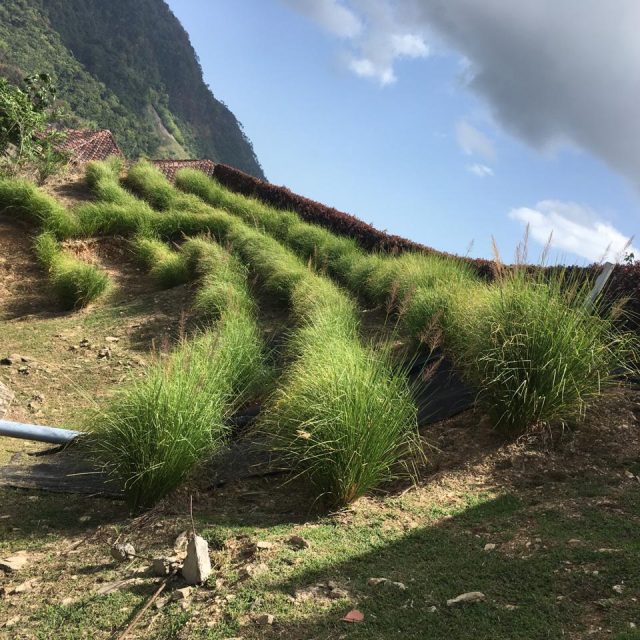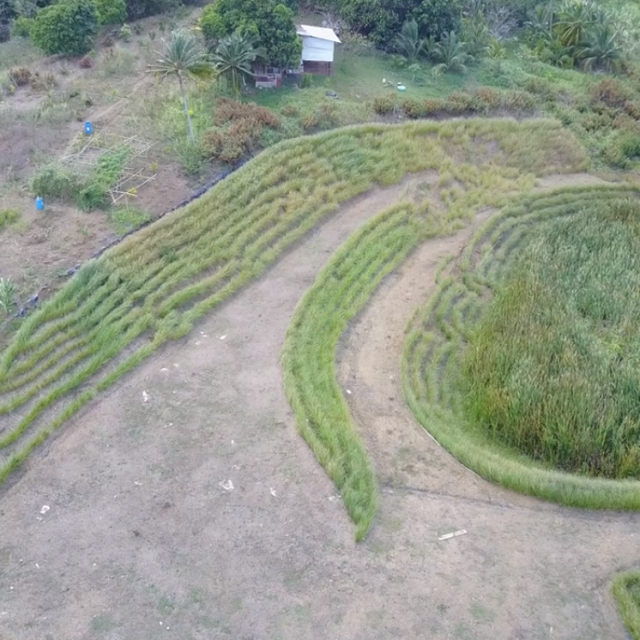Our Projects
January 2023 – December 2025
Project Partners

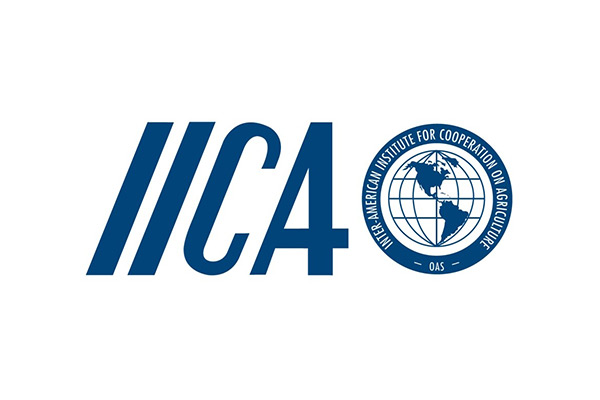

Grassroots4LaVie
Vetiver grass for all! This was a key premise under the Grassroots4LaVie project, which aimed to bring community-led and green-infrastructure-focused climate adaptation solutions to four (4) island nations in the Caribbean. The project was designed and implemented making use of the Vetiver Education & Empowerment Project (VEEP) within the greater Ecosystem-based Adaptation (EbA) goals of the Caribbean Biodiversity Fund’s EbA Facility.
Grassroots4LaVie was a regional project implemented across Antigua & Barbuda, Dominica, Saint Lucia and Trinidad & Tobago, making use of the Vetiver Education & Empowerment Project (VEEP) model as an Ecosystem-based Adaptation (EbA) approach to take knowledge, education and training to communities about vetiver grass and the Vetiver System (VS), as a low-cost green infrastructure tool to solve a wide range of soil and water related challenges.
After successes with VEEP model implementation in T&T, and recognizing the wide range of values and benefits which vetiver grass and the Vetiver System (VS) could bring to communities, IAMovement partnered with the Inter-American Institute for Cooperation on Agriculture (IICA) to bring these similar opportunities and levels of access and knowledge to several other Caribbean islands where some early on-the-ground outreach had already been conducted by IAMovement, through it’s 2018 project The Vetiver Network West Indies (TVNWI) which was completed with support from the British High Commission to T&T. In each of the island countries, one (1) or two (2) main geographic areas and communities were focused on to carry out trainings, and Vetiver System (VS) interventions on degraded lands, hillside farms, or private homes and public infrastructure to assist with challenges of land stabilization, erosion, topsoil loss, and the sedimentation of rivers and oceans downstream. Given the very strong link between people and ecosystems which is innate to the VEEP model and the Vetiver System (VS), it was recognized how these could support the overall Ecosystem-based Adaptation (EbA) goals of the relevant Caribbean Biodiversity Fund (CBF) facility which the project was supported by.
This page provides a greater overview on the IICA-led EbA project which received the affectionate nickname Grassroots4LaVie, as a nod to the community-focused grassroots approach which was at the heart of it, and the rich multi-cultural background present in all of the project islands – with a strong dose of Patois being present in the project communities themselves!
How did the project fit into the EbA goals of the Caribbean Biodiversity Fund?
Ecosystem-based adaptation (EbA) is a strategy for adapting to climate change that harnesses nature-based solutions and ecosystem services. Where Vetiver grass and the Vetiver System (VS) is a nature-based solution which serves as a tool to stabilize land, reduce erosion, slow down runoff and recharge groundwater – it thus works with both people and environment, as it helps to protect infrastructure and property, regenerate topsoil and reduce sedimentation affecting downstream river and marine environments in coastal areas. This also reduces stress on coral reefs and ocean biodiversity giving them a greater opportunity to thrive.
In a world of advanced technologies, farming and food production in the Caribbean are still very dependent on natural systems – healthy soils, stable lands, adequate and clean water and predictable weather. The Caribbean, especially the small and developing island states, has seen the conditions and health of natural systems consistently undermined by decades of expansion for housing, industry, transportation infrastructure, and poor agriculture practices. In this weakened state, climate change impacts, particularly rising temperatures and sea levels and unpredictable and extreme weather events, displace biodiversity and disrupt ecosystem functioning. This in turn, contributes to destruction of infrastructure, agriculture, and lives and livelihoods in vulnerable communities, from landslides, floods and soil erosion.
Climate action calls for all possible responses, at all intervention levels, from national policy to community-based grassroots solutions. The EbA project, complemented by other climate resilience projects in IICA, and with partners, was designed to enable better policy responses and empower community-level actions – with a focus on nature-based solutions. The EbA approach, built on two intertwined principles of ‘for the planet and for the people’, targeted vulnerable communities, where the ground-zero impacts of climate change are felt the most. Its focus was to empower impacted peoples with knowledge to better adjust their lives, practices and livelihoods to the new climate change reality, using nature-based resources, tools and strategies within the availability and capability of the community.
The ‘for the planet’ side of the EbA coin can be summed up by ‘no soil left uncovered’. The main users of soil – farmers, are encouraged to protect soil from the sun (extreme heat and water stress), wind (erosion) and intense rain (floods and landslides). Other land users – community residents, were encouraged to protect homes and community property and infrastructure in hilly terrain and close to riverbanks, from land loss due to slips and slides. The main strategies are promoting and teaching climate smart agriculture practices, led by IICA, and education and installation of vetiver grass in hedgerows, which was led by IAMovement.
The ‘for the people’ side of the EbA coin can be summed up by ‘decent livelihoods’. Sustaining community-based climate action requires financial resources. Vetiver grass also provides an important resource to generate community-based income earning opportunities. Youth and women, in particular, were trained as crafters, to create a range of products from vetiver and to improve their skills to manage and grow small businesses, using leaves and roots harvested as part of hedgerow maintenance. The green livelihoods aspect of the EbA approach fitted well within the artisanal and handicraft traditions.
More can be read and seen on the Grassroots4LaVie project here, with greater levels of detail found on the relevant country sub-pages.
In addition, short films capturing activities in each of the project countries along with the Grassrootd4LaVie project documentary film can be found in the IAMovement film room.
While Grassroots4LaVie remains the nickname for a project which we will fondly remember, the full project name was “Strengthening Coastal and Marine Climate Resilience through Upland and Coastal Ecosystem-based Adaptation and Community Engagement”.
Gallery
